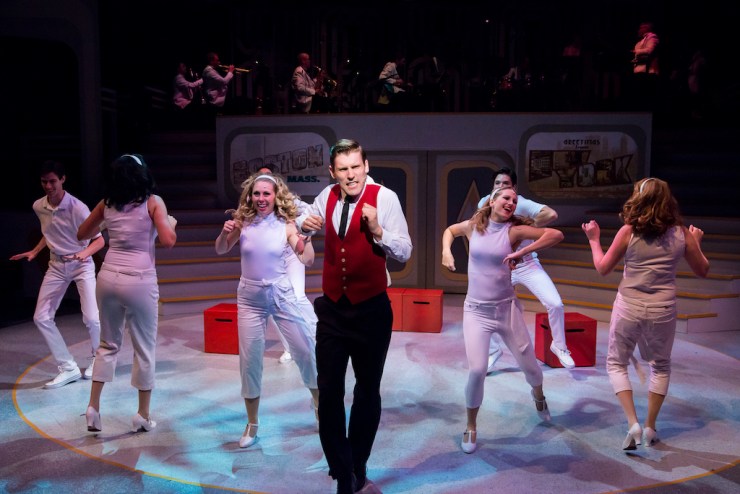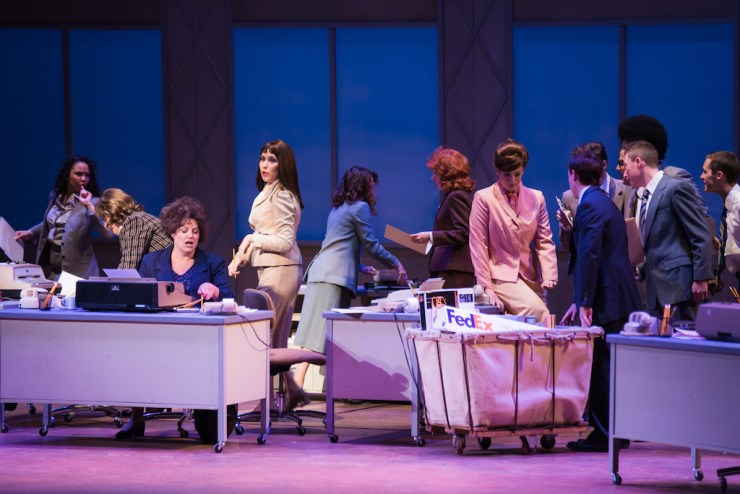I shoot a fair amount of theatre, concert and performance productions. You know, the kind with dark environments with harsh red, green, blue and yellow lighting…where you can’t use any lighting gear. What I’ve learned is with a mix of exposure, ISO and aperture optimizations, you can create a template that will allow you to photograph these type of events with ease.
ISO
Don’t be afraid to boost this up. In these environments, ISO is your best friend. I usually crank mine up to 2500-3200 for performances.
But, what about grain? To put it simply, it’s not worth worrying about it. You’ll get some, but keeping your ISO below 4000 or so should be fine on most cameras. You can always run a minor noise reduction tool during post-processing to help reduce it.

Aperture
Stage lighting can be unpredictable, and it can mean over-exposed highlights if you don’t know how to control them. I shoot with an f/2.8 lens, but I usually close this a bit, down to f/3.5. This is still fast enough to capture the action, while making for a more realistic shot.
Having a decently open aperture also means I can focus on the primary actor or actress on stage, with a bit of blur going around them.
Shutter speed
You’ll notice that I didn’t even mention shutter speed above. Why? I’m using Aperture Priority mode for these types of photos.
With performances, light levels can constantly change, meaning one second it can be super dim, and the next it can be super bright. I don’t want to mess with shutter speed and potentially miss a great shot.

Exposure compensation
Exposure compensation isn’t something I use often. But for theatre and concerts, I drag that down, usually to -1.4 or so. This helps maintain the stage light coloring without it blowing out the image. It also helps to better control the white balance and highlight levels.
This will make your photos look dark, but you’re in a dark environment — they should be somewhat dark. This can add more grain to your image, so be careful bringing this down too low. You should still be able to see the fine details on your camera’s screen.
White balance
This is probably the only type of photography I shoot where I don’t worry about the white balance, as long as I’m shooting in RAW. I find a suitable level — usually the indoor setting, or a Kelvin setting around 4500. I focus on white balance much more in post-production, and I alter it in Lightroom with the custom white balance selector.

Performance lighting can be tricky to deal with. But in my experience, the above settings make it easiest to produce photos of a high quality, which also accurately represent the performance. Stage lighting is a beautiful thing, and if you can utilize it enough where it enhances your photos, you’ll see the emotion from the actors like it was intended.
Tell your story with the second annual Visual Storytelling Conference!
Experience four days of interactive, online training sessions featuring a range of educational content with experienced photographers and content creators. This free event kicks off with a series of technical boot camps to build essential skills, followed by live, online sessions on photography, video, business and social media. Join live from March 10-13, 2022!
